
What is sea level rise (SLR)?
The term is pretty self-explanatory in the sense that sea level is rising globally; it has risen by ~3.1mm yr-1 since the 1990s (Goelzer et al., 2015). This is due to the complex interactions of many drivers under recent climate change (Figure 2). This SLR is having global consequences including the loss of low-lying land, of which atoll islands are of the most vulnerable and threatened (Nicholls et al., 2007).

Atoll Island Communities
Atolls are mid-ocean annular reefs surrounding a central lagoon (Figure 1) (Woodroffe, 2008). Atoll islands are notoriously vulnerable to the effects of SLR for three main reasons (see Figure 3 below) (Woodroffe, 2008):

Impacts on Humans
These environmental changes inevitably have impacts on the surrounding ecosystem; affecting the terrestrial, aquatic and marine communities, including human populations. The world is now experiencing a wave of ‘climate change refugees’ (Farbotko & Lazarus, 2012) who have been forced to seek asylum in other countries, for example the islanders of Tuvalu.
Tuvalu is a country in the South Pacific solely consisting of low-lying coral and atoll islands (Figure 4) (Farbotko & Lazrus, 2012). Residents have already been forced to evacuate their homes due to flooding, in addition to saltwater incursion rendering their groundwater drinking source unsuitable (Connell, 2016). Sea level around Tuvalu is currently rising by ~5.1mm yr-1 (Connell, 2016). This is a common tale throughout Earth’s atoll islands, and one which is likely to become more common in the future.

Effects on Marine Organisms
The marine ecosystem surrounding islands is also experiencing adverse and damaging impacts from sea level rise. For example, the health of coral reefs is already being degraded by warming oceans contributing to coral bleaching (Figure 5).

It can be argued that rising sea levels may in fact protect corals from overexposure to sunlight as they are deeper (Woodroffe & Webster, 2014). However, this will mostly mean that corals are too deep to allow their symbiotic algae to survive, which will ultimately lead to coral death (Woodroffe & Webster, 2014).
These impacts lead to wider community impacts on marine organisms; coral-dependent fish will either migrate or die (Andréfouët et al., 2015). The decline in fish stocks will also affect human populations which depend on this resource. Furthermore, the whole community will be affected by changes in food resources and suitable habitat, possibly leading to the collapse of the ecosystem (Andréfouët at al., 2015).
The future…
More areas are predicted to be underwater in the future according to SLR projections (Goelzer et al., 2015). This will not only have an impact on the animal populations dependent on fragile atoll ecosystems; but also on human populations- with an increasing number of environmental asylum seekers. The future will likely see increasing numbers of atoll island communities drowning!
[463 words]
References
Andréfouët, S., Dutheil, C., Menkes, C.E., Bador, M. & Lengaigne, M. (2015). Mass mortality events in atoll lagoons: environmental control and increased future vulnerability. Global Change Biology. 21:195-205.
Connell, J. (2016). Last days in the Carteret Islands? Climate change, livelihoods and migration on coral atolls. Asia Pacific Viewpoint. 57:3-15.
Farbotko, C. & Lazrus, H. (2012). The first climate refugees? Contesting global narratives of climate change in Tuvalu. Global Environmental Change. 22:382-390.
Goelzer, H., Huybrechts, P., Loutre, M.F. & Fichefet, T. (2015). Future rates of sea-level rise from long-term coupled climate-ice sheet projections. In: EGU General Assembly Conference Abstracts. 17:15590.
Nicholls, R.J., Wong, P.P., Burkett, V.R., Codignotto, J.O., Hay, J.E., McLean, R.F., Ragoonaden, S. & Woodroffe, C.D. (2007). Coastal systems and low-lying areas. In: Parry, M.L., Canziani, O.F., Palutikof, J.P., van der Linden, P.J. & Hanson, C.E. (Eds.). Climate Change 2007: Impacts, Adaptation and Vulnerability. Contribution of Working Group II to the Fourth Assessment Report of the Intergovernmental Panel on Climate Change. Cambridge University Press: UK. pp. 315-356.
Woodroffe, C.D. (2008). Reef-island topography and the vulnerability of atolls to sea-level rise. Global and Planetary Change. 62:77-96.
Woodroffe, C.D. & Webster, J.M. (2014). Coral reefs and sea-level change. Marine Geology. 352:248-267.
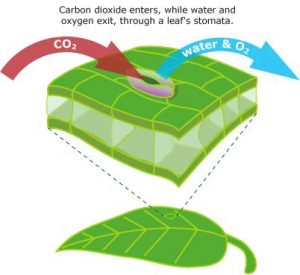
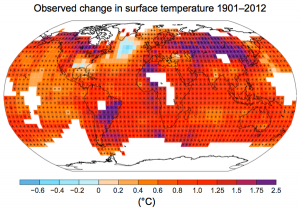
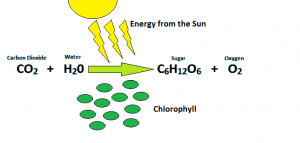
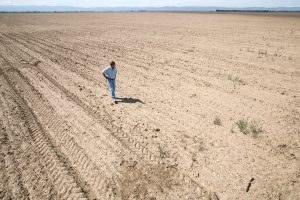

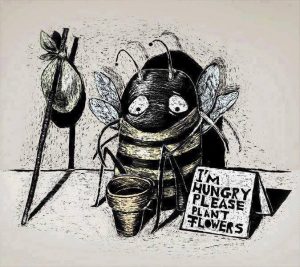
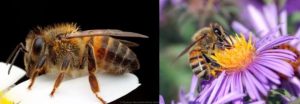

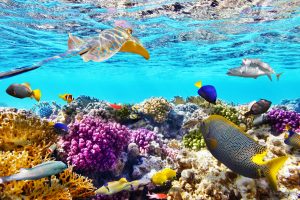
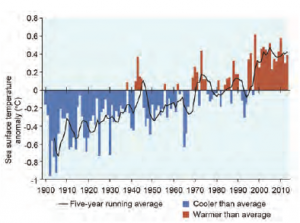
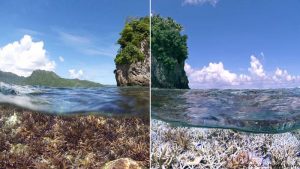
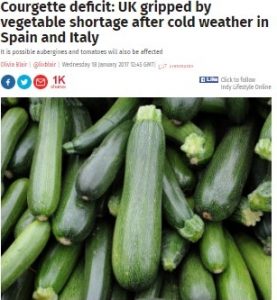
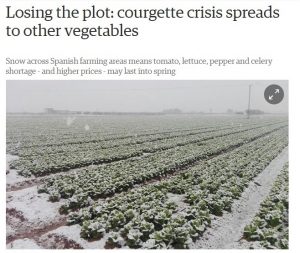
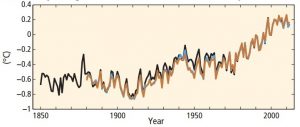
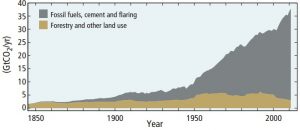
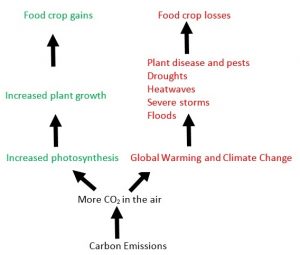
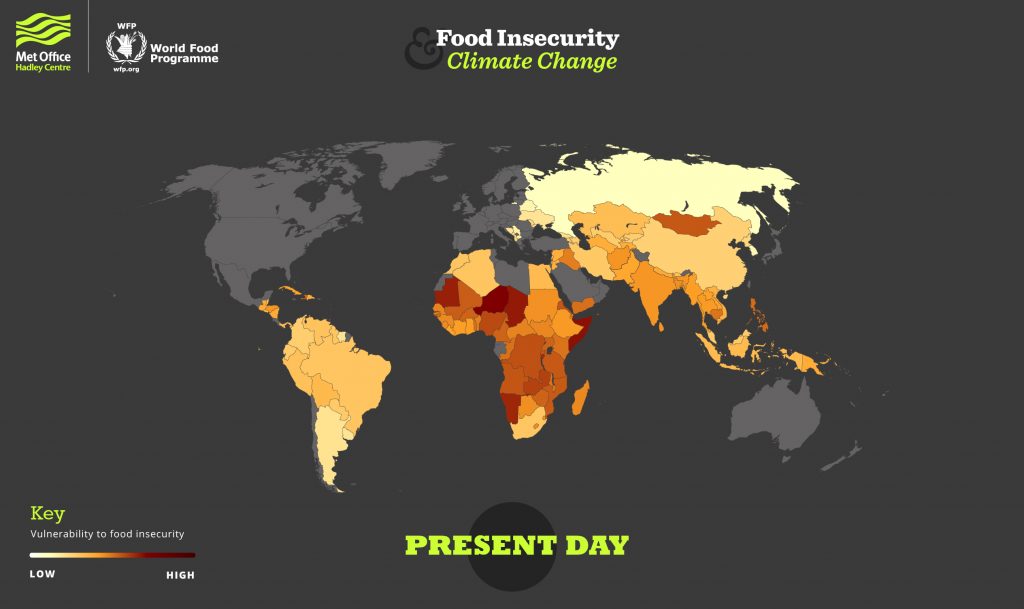
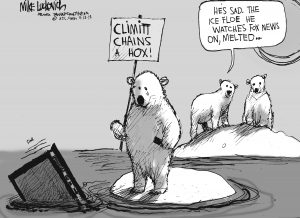
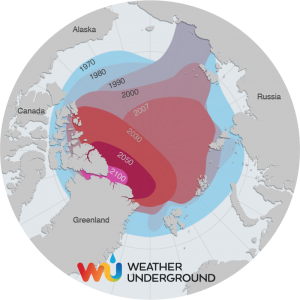
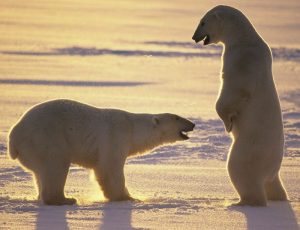

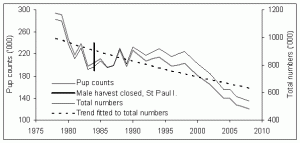
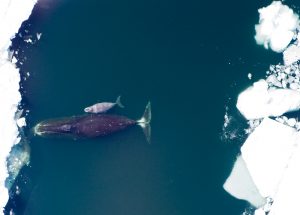
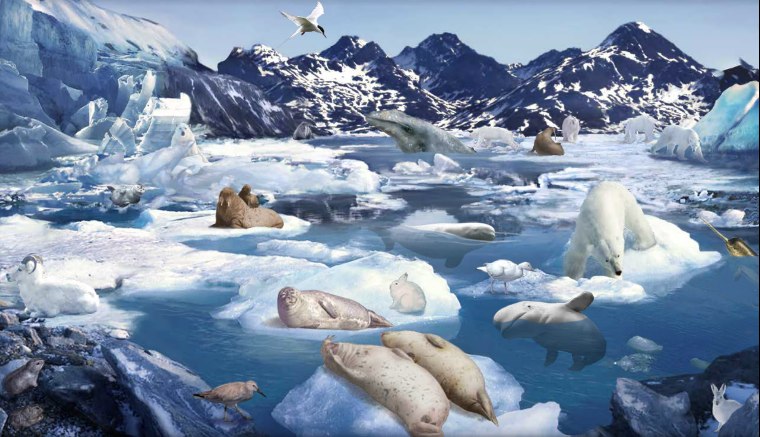
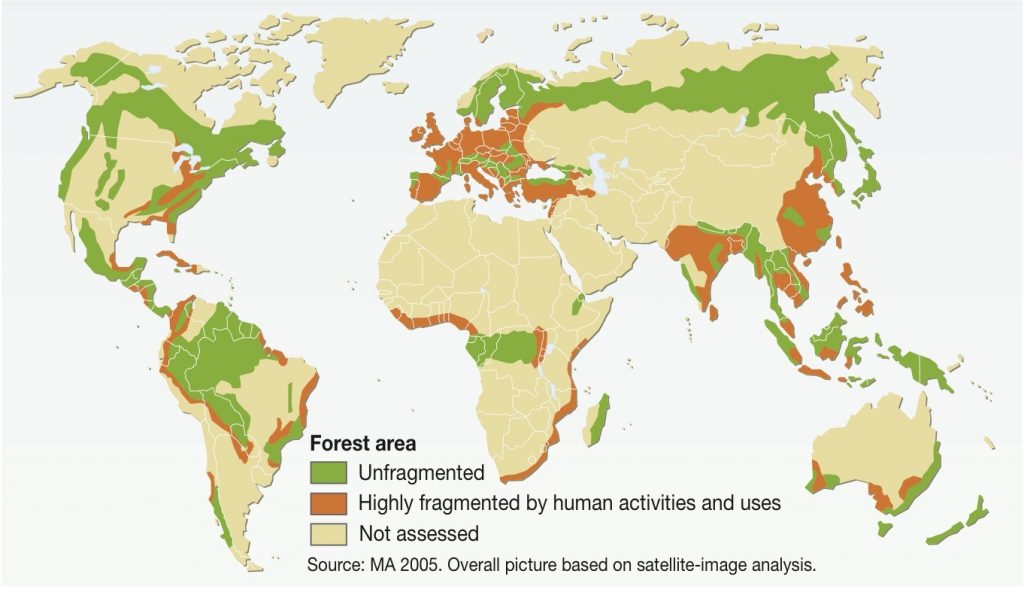
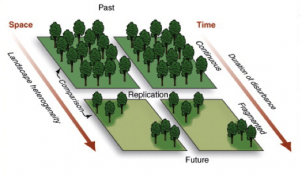
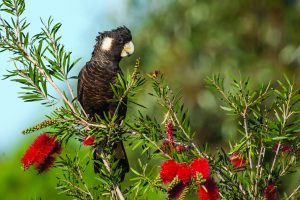
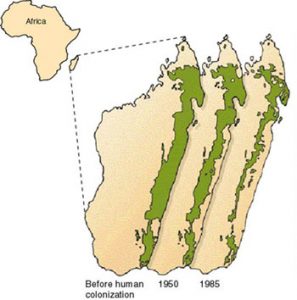
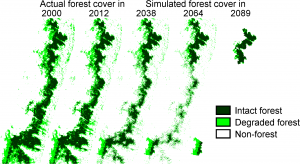
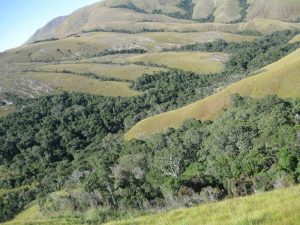
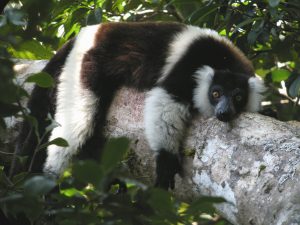
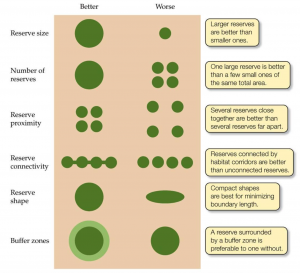
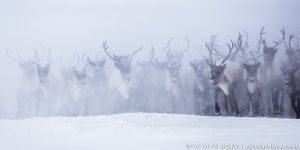

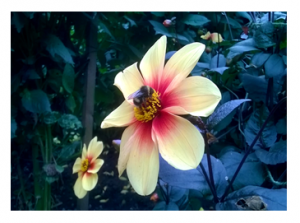
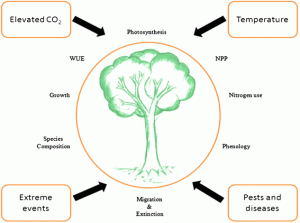
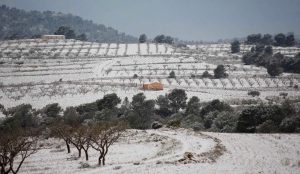
Recent Comments